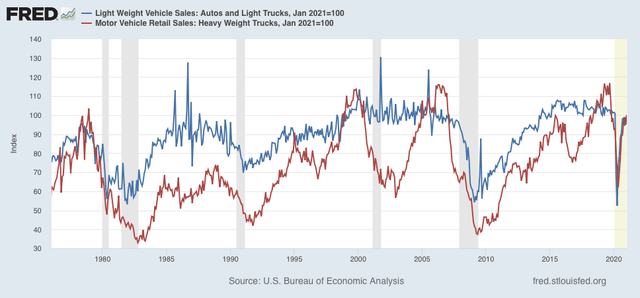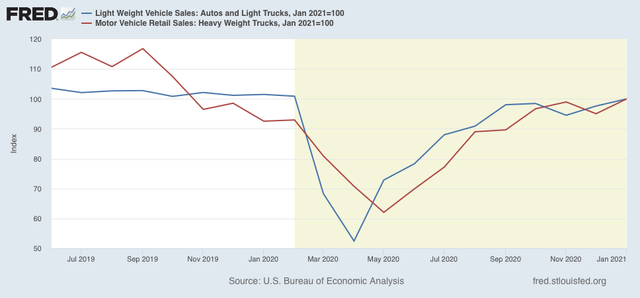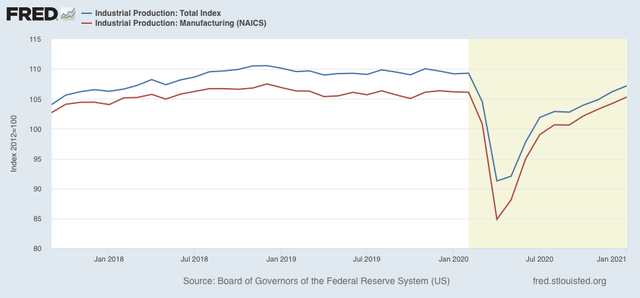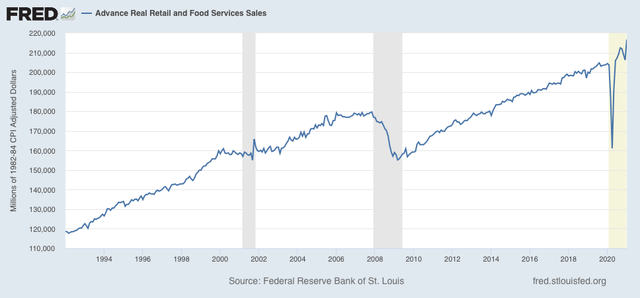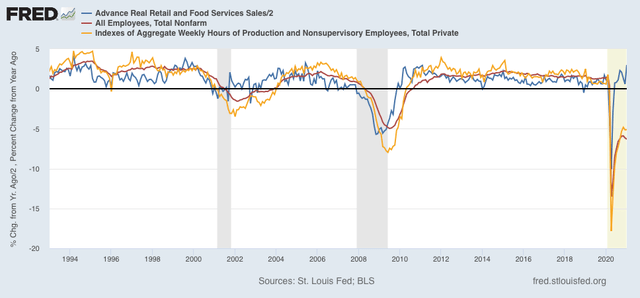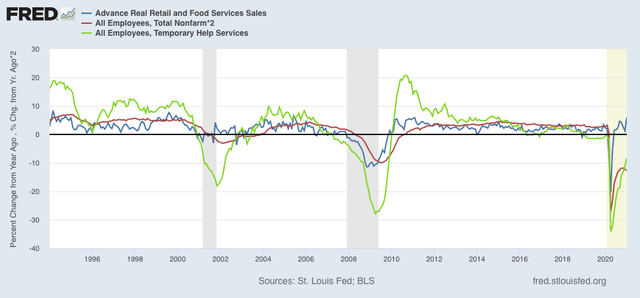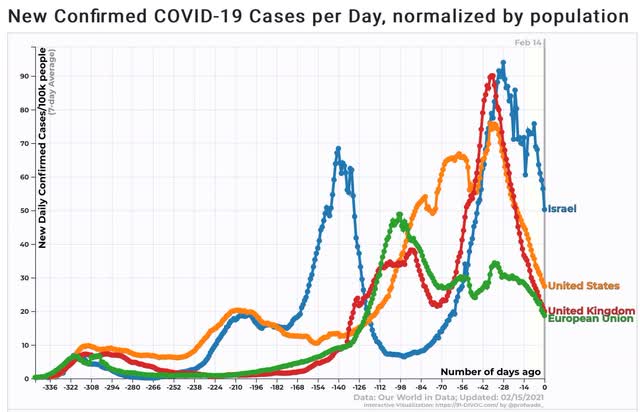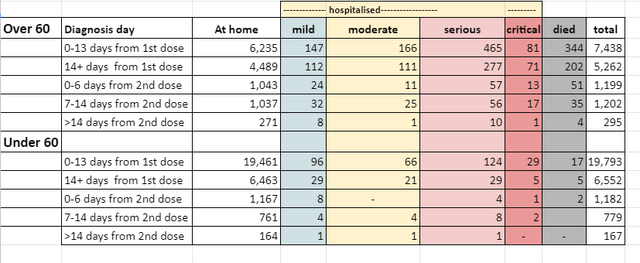- by New Deal democrat
The story this week is the repeated massive upward revisions to last week’s numbers
This week, on a unadjusted basis, new jobless claims declined by 5,702 to 862,351. Seasonally adjusted claims increased by 13,000 to 861,000 (meaning last week’s original number of 793,000 was revised higher by almost 50,000! - the 2nd week in a row for huge upward revisions). The 4 week moving average declined by 3,500 to 833,250.
Here is the close up since the end of July (these numbers were in the range of 5 to 7 million at their worst in early April):
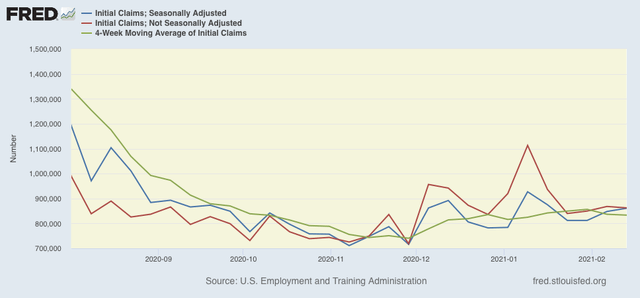
The “relatively good” news is that, despite the upward revisions, the recent increases seem to have plateaued. At the same time, both adjusted and unadjusted claims remain above their worst levels at the depths of the Great Recession.
Because of the huge swings caused by the scale of the pandemic - typically claims only vary by 20,000 or less from week to week, but since the start of the pandemic, swings of 50,000 or 100,000 per week have happened as often as not, recently I began posting the YoY% change in the numbers as well, since they will be much less affected by scale. As a result, there is less noise in the numbers, and the trend can be seen more clearly:
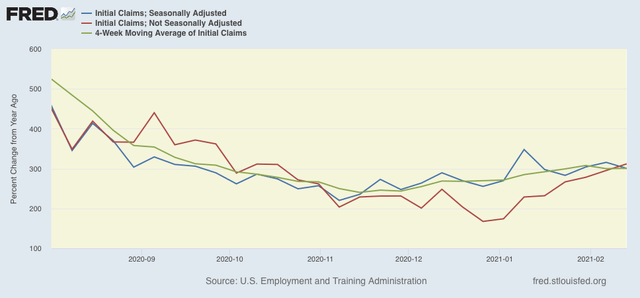
The recent elevation in new claims compared with their November lows is clear. The possible plateauing of new claims - except for unadjusted claims, which have continued to increase YoY - in the past few weeks, is much more up in the air, given the huge revisions in the past few weeks.
Meanwhile continuing claims, which historically lag initial claims typically by a few weeks to several months, made new pandemic lows yet again this week. Seasonally adjusted continuing claims declined by 64,000 to 4,494,000, while the unadjusted number declined by 93,576 to 4,945,014:
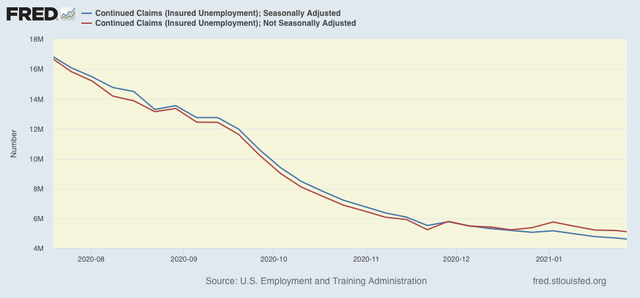
I had suspected that we would see an upward reversal, but obviously that hasn’t happened. Continued claims remain at a level last seen in autumn 2009, only about 6 months after their worst levels of the Great Recession.
Although I am concerned by the huge upward revisions in the past several weeks, I remain hopeful that the disciplined approach to the pandemic by the Biden Administration, together with the onset of better weather in spring (fewer indoor activities), and more vaccinations, will mean that we either have, or are about to have, put the worst of the job losses behind us.

